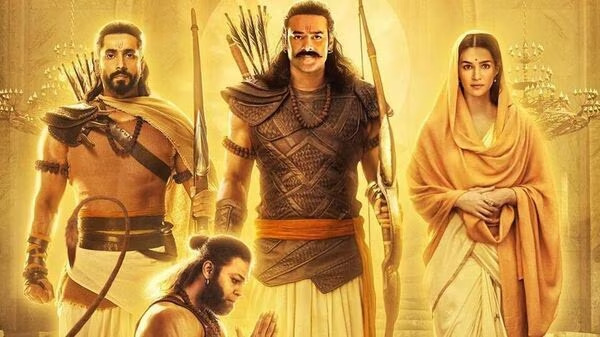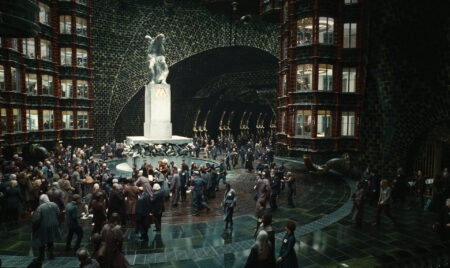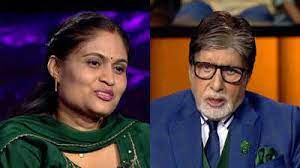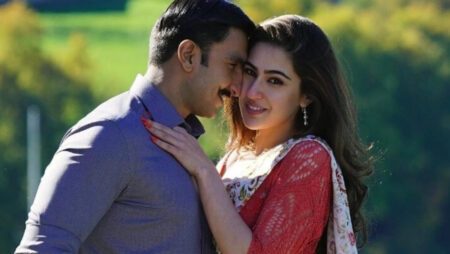Filmmaker Om Raut’s recent release, Adipurush, received a mixed-to-negative response from critics. However, despite the reviews, the film has managed to perform exceptionally well at the box office, surpassing the Rs 200 crore mark within the first two days of its release. In light of this success, Raut expressed his pride in the film’s performance and addressed the criticism regarding the changes made to the story of the Ramayana.
Raut acknowledged that the Ramayana is a vast and expansive tale, and Adipurush merely showcases a small portion of it. He highlighted that understanding the entirety of the Ramayana would be an immense task and claimed that nobody can fully comprehend it. The filmmaker humbly acknowledged that even if he were to claim a complete understanding of the drama of the Ramayana, it would be a serious mistake. He expressed that nobody, in his opinion, possesses the capacity to fully grasp the essence of the Ramayana.
Instead, Raut emphasized that he has portrayed his interpretation of the Ramayana based on what little he has understood of it. Comparing his understanding to a squirrel’s contribution, he recognized the vastness of the epic and humbly shared that his depiction on celluloid represents only a fraction of what he grasped.
The director clarified that the version of the Ramayana he grew up watching on television told a larger story, while Adipurush specifically focuses on the Yuddha Kanda, or the section revolving around the epic battle between Lord Rama and the demon king Ravana. Raut reiterated that the Ramayana is so immense that it is impossible for anyone to fully comprehend it. He even stated that those who claim to understand the Ramayana are either fools or lying.
Actor Arun Govil, renowned for his portrayal of Lord Rama in Ramanand Sagar’s classic television adaptation of the Ramayana, expressed his displeasure with Adipurush and revealed that he had not yet watched the film. Govil had previously engaged in a discussion with the makers of Adipurush after the release of the first teaser, where he shared his opinions and provided input.
Despite the negative reviews from critics, Adipurush’s box office success and the enthusiastic response from audiences chanting “Jai Shri Ram” during screenings have left Raut feeling incredibly happy and proud. The film’s global box office collection on its first day amounted to Rs 140 crore, but given its massive budget of Rs 600 crore, it still has a long way to go.
Om Raut, the director of Adipurush, responded to negative reviews by emphasizing the incomprehensible vastness of the Ramayana and how his film represents only a fraction of his understanding. Despite the critical reception, the film’s box office performance and the audience’s positive response have brought Raut a sense of pride and satisfaction.

The Ramayana, an ancient Indian epic of profound importance, carries immense significance within the realm of Hindu mythology. Composed by the sage Valmiki, it narrates the life and adventures of Lord Rama, an incarnation of the Hindu deity Vishnu. The epic is divided into seven books, or Kandas, and consists of around 24,000 verses.
The story of the Ramayana revolves around Rama’s journey to rescue his wife, Sita, who was abducted by the demon king Ravana. Alongside Rama, his loyal brother Lakshmana and the devoted monkey god Hanuman play crucial roles in the epic. The narrative encompasses various themes, including righteousness, devotion, honour, and the triumph of good over evil.
Throughout the Ramayana, Rama faces numerous challenges and tests his character. Rama’s unwavering dedication to upholding dharma (moral righteousness) and his steadfast commitment to fulfilling his responsibilities as a prince, husband, and leader establish him as an iconic figure in Hindu mythology. The epic also portrays the strength of love between Rama and Sita, showcasing their unbreakable bond and the sacrifices they make for each other.
The Ramayana not only serves as a religious and cultural text but also offers valuable life lessons and moral teachings. It explores the complexities of human relationships, showcases the power of faith and devotion, and imparts wisdom on the virtues of righteousness, integrity, and compassion.
Over the centuries, the Ramayana has been retold and adapted in various regional languages and art forms, including literature, theatre, dance, and television. It continues to be revered by millions worldwide, symbolizing the triumph of good over evil and serving as a source of inspiration and guidance for people seeking spiritual and moral enlightenment.













